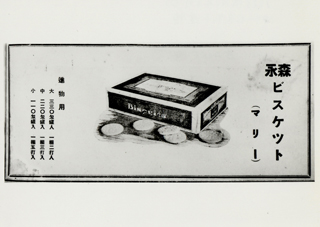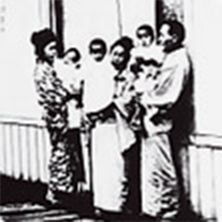
Photograph taken in 1900
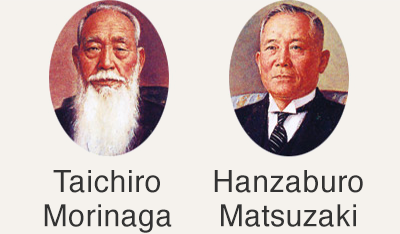
In 1899, Taichiro Morinaga—the founder of Morinaga & Co., Ltd.—returned to Japan from the United States with an enormous dream in his heart of spreading Western confectionaries throughout Japan. He began manufacturing Western confectionaries in a tiny factory only 2 tsubo (6.6 m2) in size, and eventually, after he joined forces with a partner, Hanzaburo Matsuzaki, the business expanded in leaps and bounds—and Morinaga’s dream became reality.
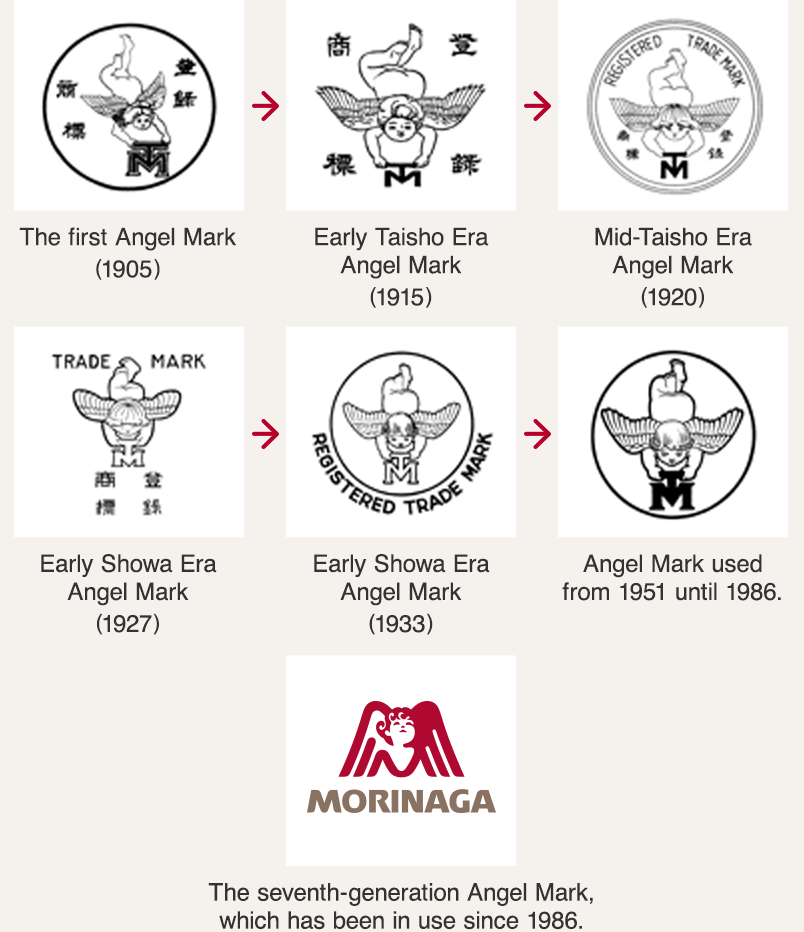
Taichiro devised the iconic Angel Mark from a concept sparked by the name of the marshmallow that he was manufacturing often at that time: Angel Food. The Angel Mark has evolved seven times since its birth, but it is still Morinaga’s symbol today.
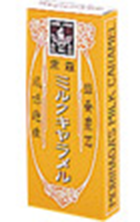
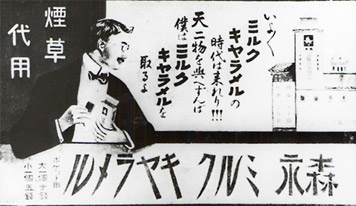
Easy-to-carry is the key to creating a best-selling product today, but in 1914, caramel pieces were sold individually. Taichiro decided to sell the small caramels together in one pocket-sized box, and Pocket-sized Milk Caramel became an enormous hit. Since then, the milk caramels in the yellow box have been consistently the popular choice of generations of Japanese people.
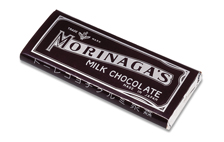
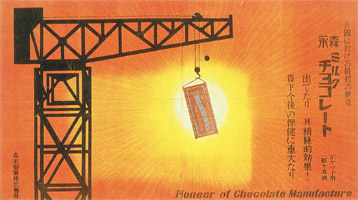
In an era when chocolate was still an imported luxury item, far out of the reach of ordinary citizens, Taichiro imported the latest production equipment and invited technicians from overseas to Japan to launch the first bean-to-bar production of chocolate from cacao beans. Sales of domestically produced milk chocolate began in 1918.
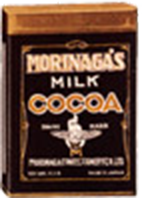
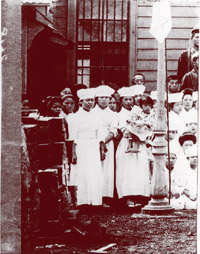
Having introduced caps and uniforms for Morinaga workers in 1904, soon after the company was established, Taichiro subsequently led the confectionary industry in implementing an eight-hour workday in 1919. In the post-war period, as well, Morinaga was one of the earliest companies to establish a health insurance society and employee pension fund, which demonstrated that Taichiro was a pioneer in improving the workplace environment.
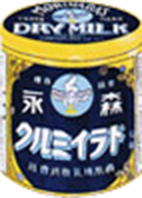
Having begun condensed milk production as a means of securing auxiliary ingredients for caramel confectionaries, Morinaga commenced production of Japan’s first domestically produced powdered milk in 1920, and Morinaga Dry Milk went on sale the following year.
